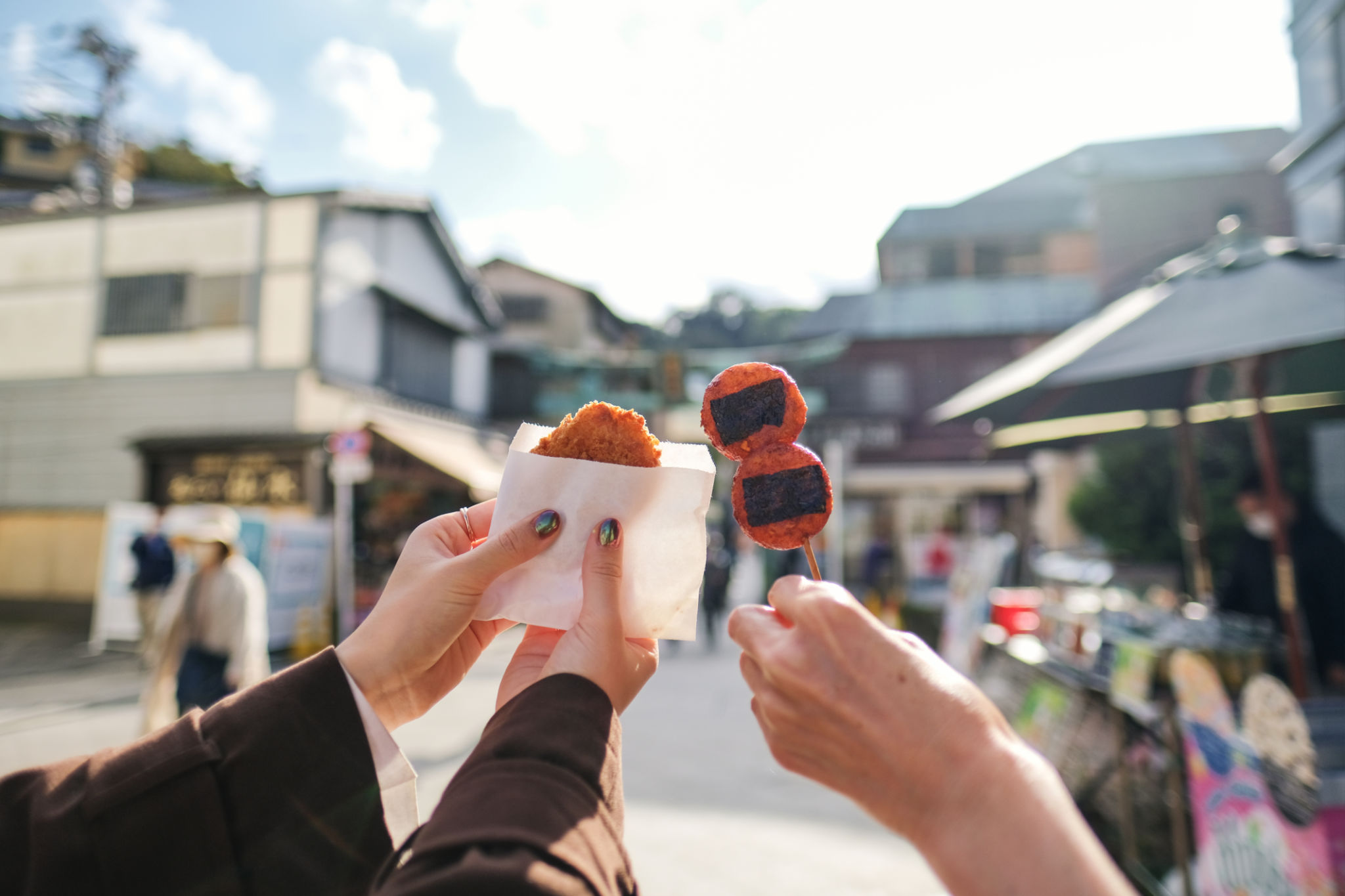The Cultural Significance of Japanese Sweets: A Deep Dive into Hokkaido's Confectionery Heritage
Introduction to Japanese Sweets
Japanese sweets, or wagashi, hold a special place in the hearts and culture of Japan. These delicacies are not just food items; they are works of art that reflect the seasons, history, and aesthetics of the region they come from. Among the many areas in Japan known for their unique sweets, Hokkaido stands out for its rich confectionery heritage that captivates both locals and visitors alike.

Hokkaido: A Land Rich with Flavor
Hokkaido, Japan’s northernmost island, is renowned for its pristine natural beauty and abundant agricultural produce. The region's cold climate and fertile soil allow for the growth of high-quality ingredients such as dairy, grains, and fruits. These ingredients form the backbone of Hokkaido's confectionery offerings, providing a distinct taste that sets them apart from other regions.
Hokkaido is famous for its use of dairy in sweets. The island's milk, butter, and cream have a rich and creamy texture that elevates any sweet dish. This is evident in popular treats like Shiroi Koibito, a delicate white chocolate biscuit sandwich that has become synonymous with Hokkaido’s confectionery excellence.
The Traditional and the Modern
While Hokkaido is celebrated for its modern sweets, traditional Japanese confectionery still plays a vital role in its cultural landscape. Classic sweets such as manju and mochi are often infused with local flavors like sweet corn or melon, reflecting the island's agricultural bounty. These traditional treats are not just food but are often enjoyed during festivals and tea ceremonies, underscoring their cultural importance.

The Influence of Nature
Nature plays a significant role in influencing Hokkaido's sweets. The seasonal changes provide different ingredients throughout the year, which in turn inspire new creations. Spring brings cherry blossoms that inspire sakura-flavored treats, while fall is marked by chestnut and pumpkin-flavored delights. This connection to nature ensures that Hokkaido’s sweets are always fresh and aligned with the environment.
Celebrated Confectioneries of Hokkaido
Several confectionery brands in Hokkaido have gained national and international acclaim. Royce' Chocolate, known for its melt-in-the-mouth texture, has become a must-buy for tourists. Similarly, Rokkatei and LeTAO offer a range of luxurious sweets that highlight the quality ingredients of the region. These brands have successfully blended traditional techniques with modern flavors to create confections that are both innovative and deeply rooted in heritage.

The Role of Sweets in Social and Cultural Practices
In Japan, sweets are more than mere indulgences; they play a crucial role in social interactions and cultural practices. In Hokkaido, sweets are often given as gifts, symbolizing gratitude and respect. They are also integral to various ceremonies and festivals, serving as both offerings and celebratory treats. This cultural significance elevates their status beyond ordinary food items.
The Future of Hokkaido's Confectionery Heritage
As the world becomes more interconnected, Hokkaido's confectionery is gaining international recognition. While this presents opportunities for growth, it also poses challenges to maintain authenticity. Striking a balance between innovation and tradition will be key to preserving the cultural heritage of these sweets for future generations.
The ongoing efforts by local artisans to maintain traditional methods while embracing new ideas ensure that Hokkaido's sweets will continue to delight both domestic and international audiences. By doing so, they preserve not only a culinary tradition but also a significant part of Japanese culture.
